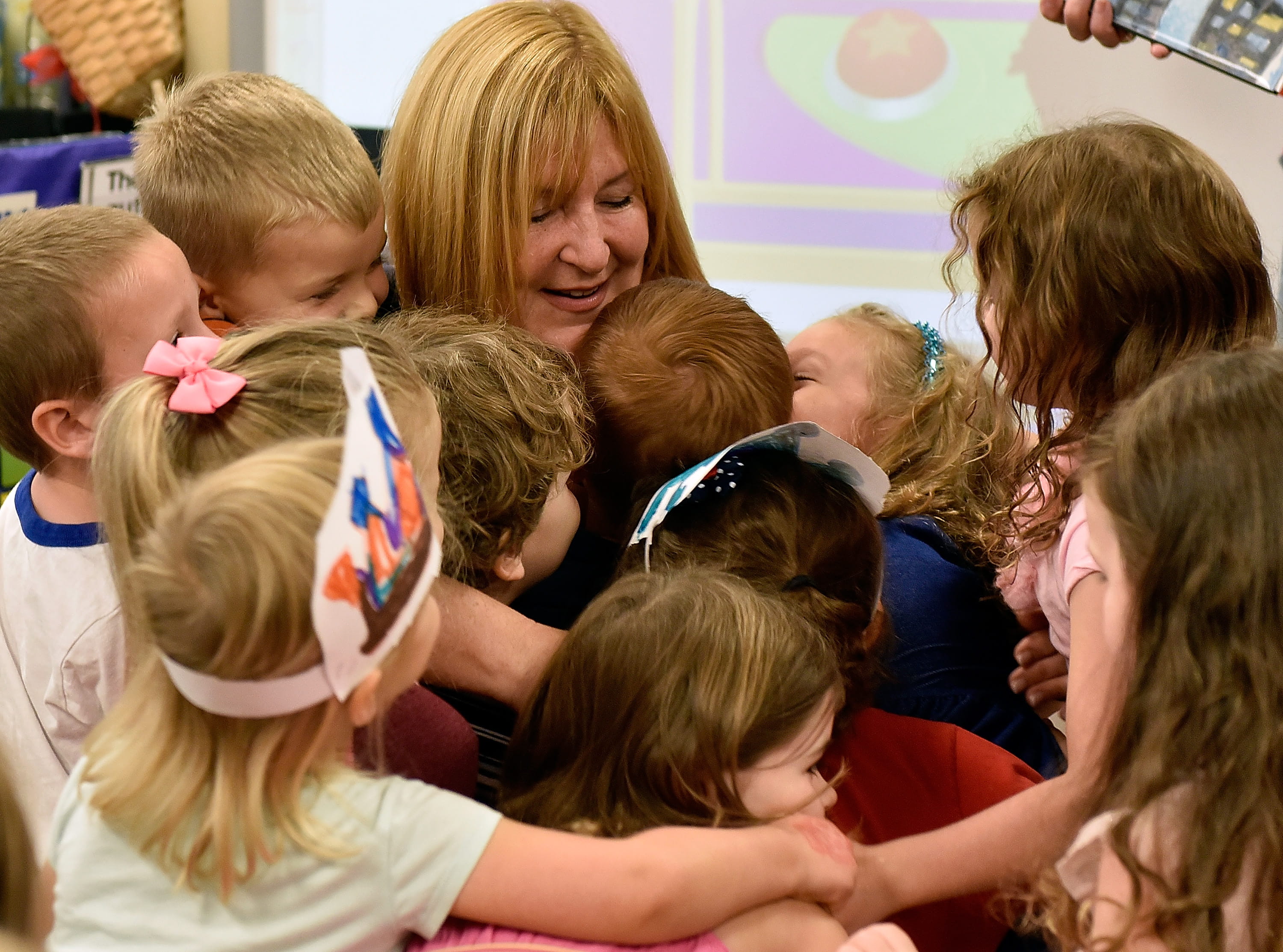Raise Kind-Hearted Kids: 5 Sweet Ways to Nurture Empathy
 “It’s so important to me that all of the children in my class feel loved and accepted,” says Sue Davies, prekindergarten teacher at the Grove School of Cary, North Carolina. “I talk about kindness and empathy all the time.”
“It’s so important to me that all of the children in my class feel loved and accepted,” says Sue Davies, prekindergarten teacher at the Grove School of Cary, North Carolina. “I talk about kindness and empathy all the time.”
How a child feels about himself, Davies will tell you, forms the basis for how he’ll treat other people—and that’s what really counts. She wants her children to see themselves as part of something larger—part of a class, a school, a community, and even the world. We asked her to share a few of her favorite classroom lessons that contain powerful lessons for all families.
1. Make a Kindness Bag. (Best Idea Ever!)
How Davies Teaches It: “We created a Kindness Bag for our classroom that is filled with things like stuffed animals or pretend bandages. When someone is feeling sad or upset in our class, another child may take the Kindness Bag to him to find something to make him feel better.”
Bring the Kindness Home: You and your child can make a Kindness Bag together to keep at home. If a friend or family member is having a tough time, use the bag as a tool to help your child think of what he could do to cheer someone up.
2. Make a Generosity Jar.
How Davies Teaches It: “We keep a Generosity Jar that’s filled with ideas for being kind to people, whether helping someone do a math problem, asking someone to play, or visiting a friend. Then, once a week or so, we actually act out ways to help each other.”
Bring the Kindness Home: With your whole family, make a Generosity Jar, with every family member contributing ideas for how to give to others or to the community. Perhaps once a week or once a month, choose a slip of paper and commit to doing whatever it says, from contributing to a local food pantry to cleaning up a local park to baking cookies for an elderly neighbor.
3. Model Kindness Yourself—and Talk About It (a Lot).
How Davies Teaches It: “Our little family of 4- and 5-year-olds spends a lot of time talking about how to be a good friend, how to appreciate each other’s differences, and how to respect the people and the world around us.”
Bring the Kindness Home: Show your child that kindness is important by expressing gratitude for the people in your community who do things for you or your family. Even the little things count: Give a heartfelt thank you to the grocer, the door-holders, and the bakers bearing little samples. Talk to your child about the people in your town and the jobs they do and why they are important, like the librarians, the barista, the bus drivers, and the restaurant servers.
4. Put the Focus On Feelings.
How Davies Teaches It: “Each child is an individual, and no matter who she is, I speak to each child with respect and interest—and I ask them to do the same for me. Even in difficult moments, we calmly take the time to understand each other’s feelings.”
Bring the Kindness Home: Fill your child’s emotional bank account. When she does something kind or thinks about others’ feelings or says excuse me before interrupting, praise her for being thoughtful.
5. Care for the Big Wide World Around You.
How Davies Teaches It: “Our school has a strong focus on environmental stewardship, because we want out children to think about the world beyond their own. We plant gardens, we participate in local food drives, and we’ve even adopted a local park that we all get together and clean on Saturdays.”
Bring the Kindness Home: It’s not super critical that young children clean alongside you; it’s often just as important for them to see you doing things to help your community. When you’re at the park or the beach, bring a little bag and collect the bits of trash you find. Join volunteer days or think about a way your whole family can give back.




.jpg?la=en&h=800&w=1200&hash=799F5BD6E84A71FB0D1C8E657FE7F226)
